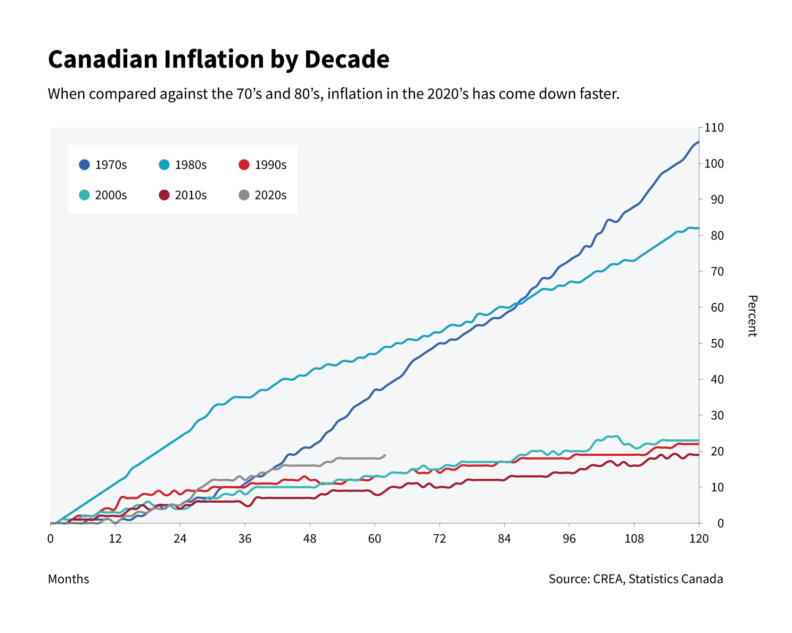
Introduction
Inflation is a critical economic indicator that affects the purchasing power of consumers and overall economic growth. In Canada, inflation rates have become a focal point of discussion as the country grapples with rising costs of living. Understanding the current inflation trends is essential for Canadians, businesses, and policymakers as they navigate the challenges posed by an evolving economy.
Current Inflation Status
As of October 2023, Canada’s inflation rate stands at 5.0%, up from previous months due to various factors including global supply chain disruptions and increased consumer demand as the country emerges from the pandemic. According to Statistics Canada, food prices have seen some of the most significant increases, with a year-over-year rise of 8.5%. The rising costs of essential goods and services are prompting concerns, particularly among low and middle-income families who allocate a larger portion of their budgets to food and housing.
Contributing Factors
Several elements contribute to the current inflationary pressures in Canada. First, the aftereffects of COVID-19 have disrupted supply chains globally, resulting in shortages of key commodities. Additionally, the geopolitical tensions arising from the ongoing conflict in Europe have led to increased prices for energy, which in turn inflates transportation costs and, consequently, consumer prices.
The Bank of Canada has responded by adjusting interest rates to temper inflation. In 2023, the central bank raised rates four times and hinted at further increases if inflation does not begin to decrease. The goal is to maintain price stability while fostering economic growth.
Consumer Impact
The direct impact of rising inflation on consumers is becoming more apparent. Many Canadians are altering their spending habits, prioritizing essential items and delaying non-essential purchases. A recent survey indicated that 40% of respondents reported spending less on leisure activities due to increasing costs. Moreover, renters and homeowners alike are feeling the pinch as the costs associated with housing, including rent and mortgage payments, continue to rise.
Conclusion
The current inflation scenario in Canada poses significant challenges, influencing consumer behavior and the broader economy. While measures are being taken to control inflation through interest rate hikes, the effectiveness of these strategies remains to be seen. As inflation affects various facets of daily life, it is crucial for Canadians to stay informed and prepared for potential economic fluctuations. For policymakers, addressing the root causes of inflation will be paramount to ensure a balanced recovery and economic stability for all Canadians.



